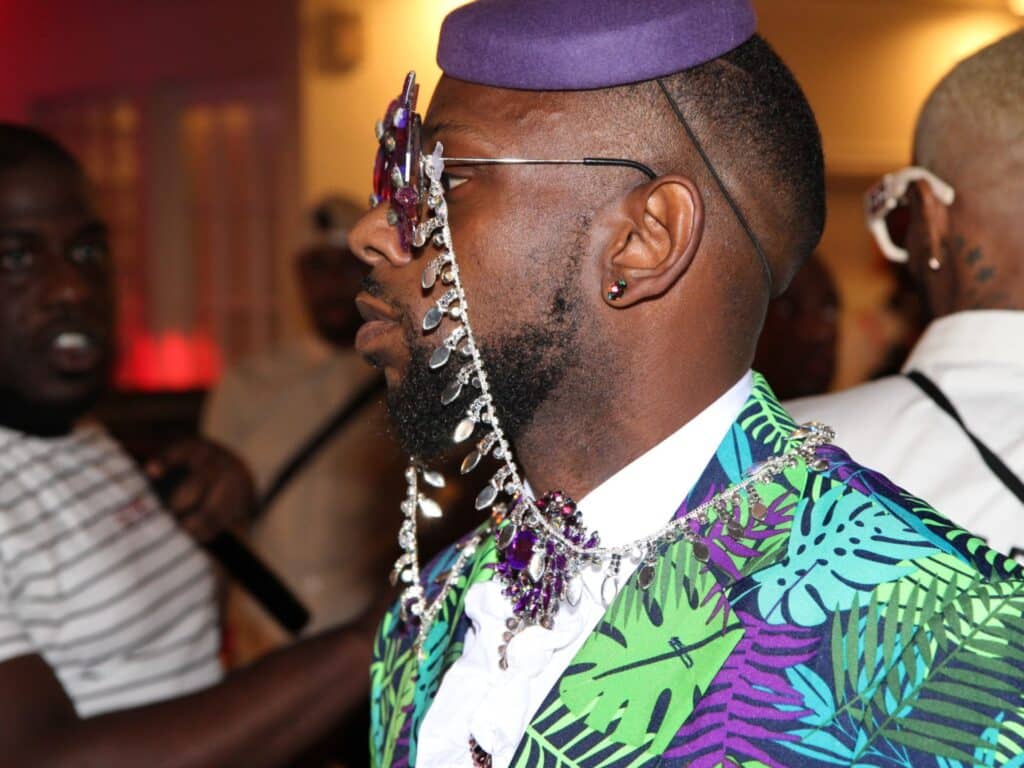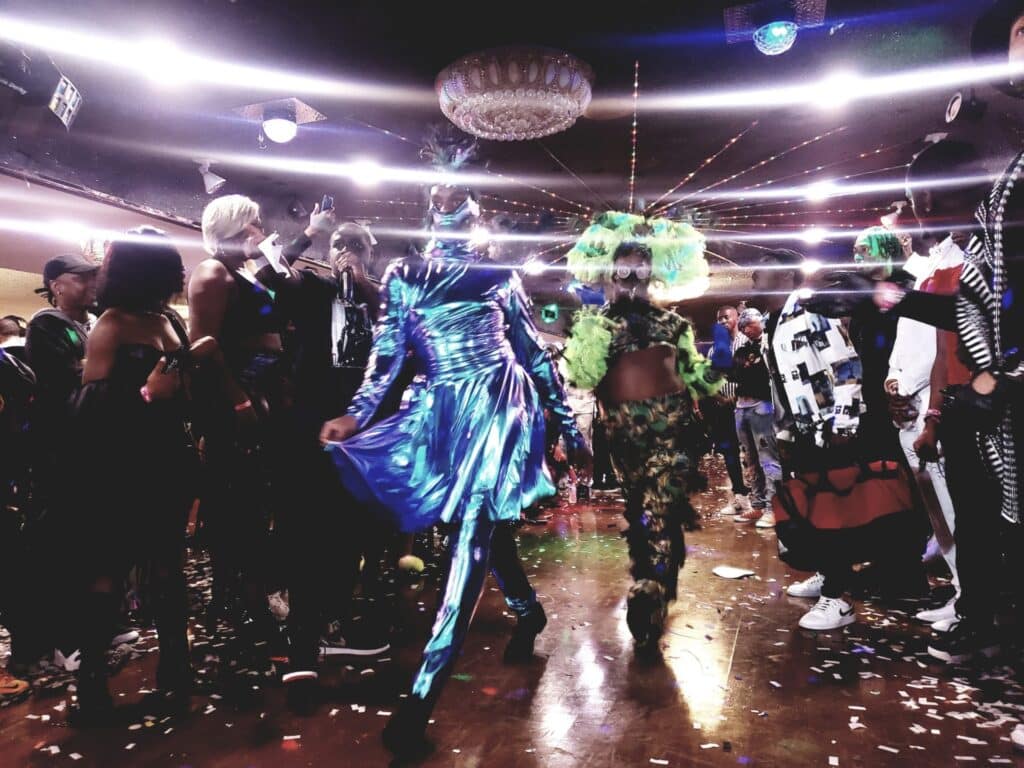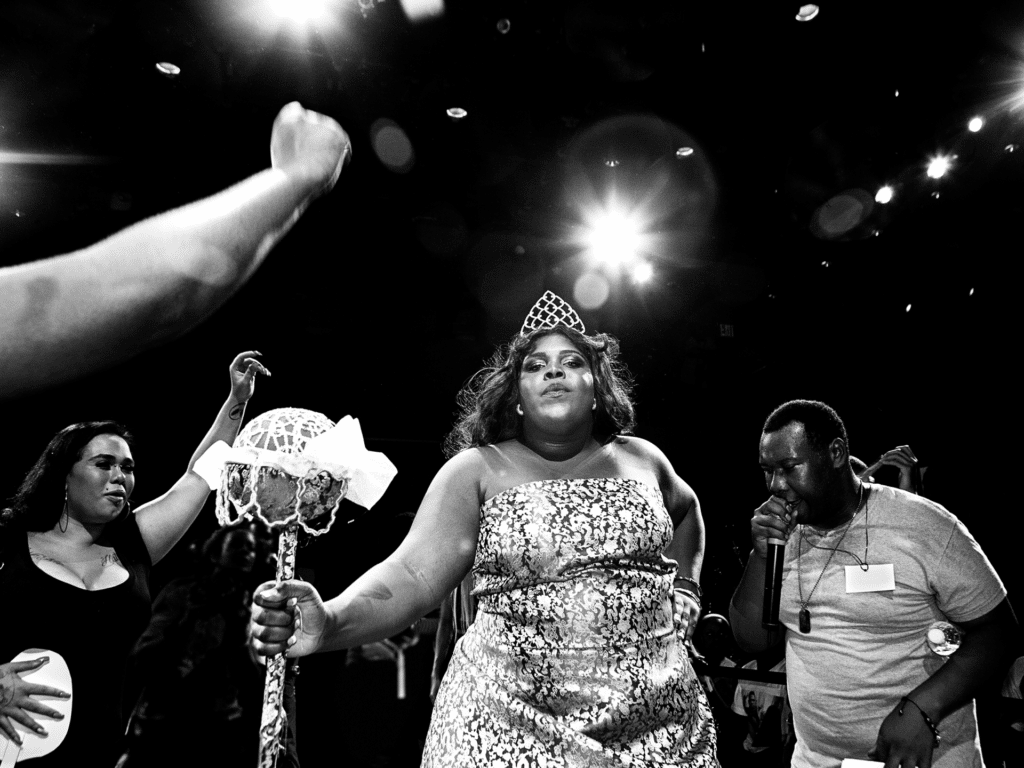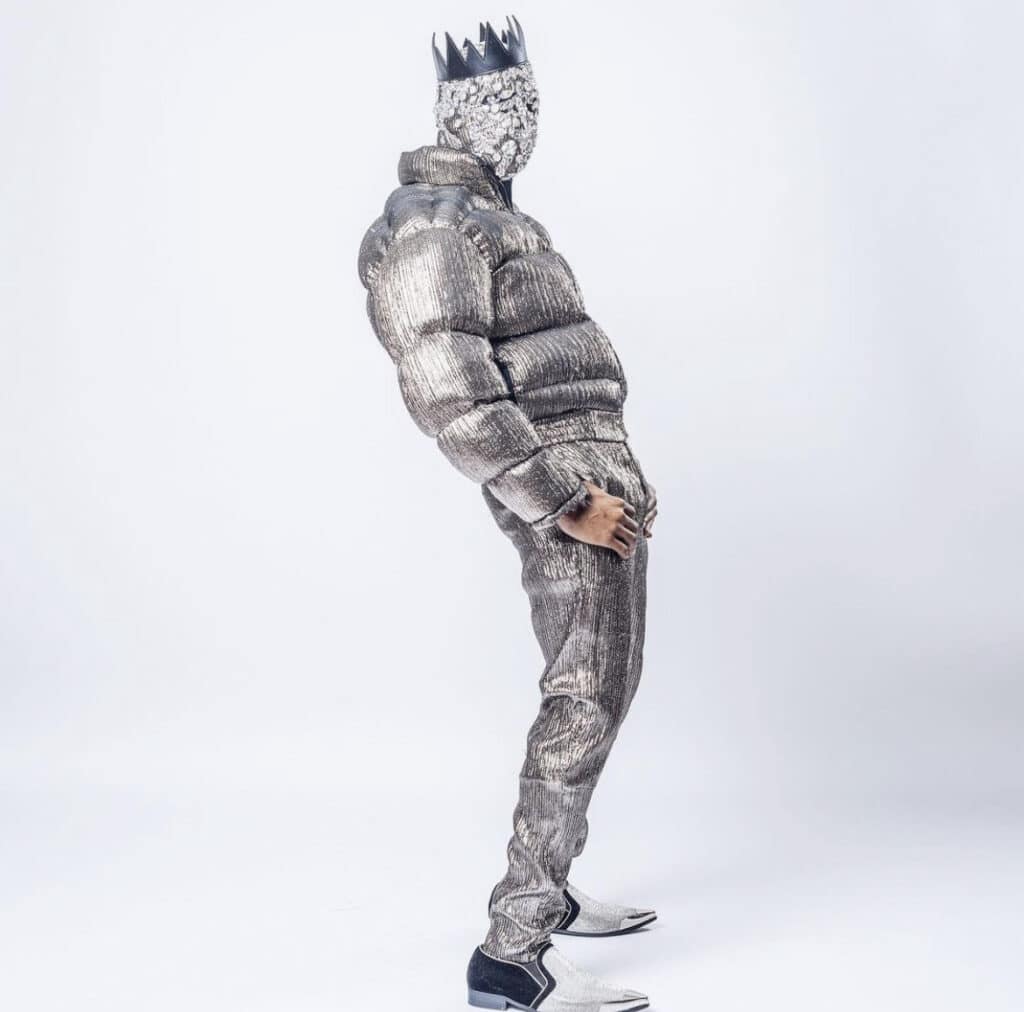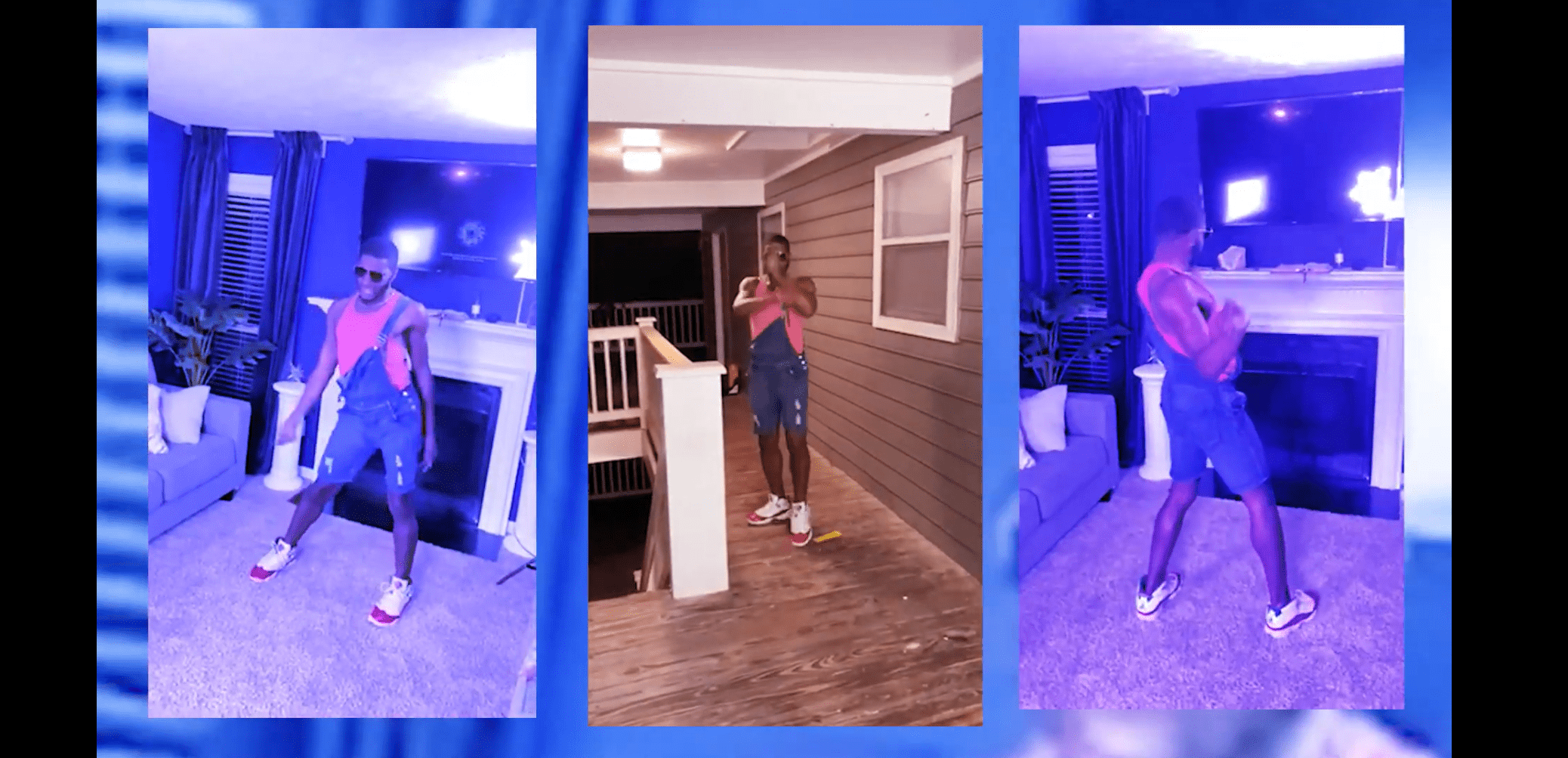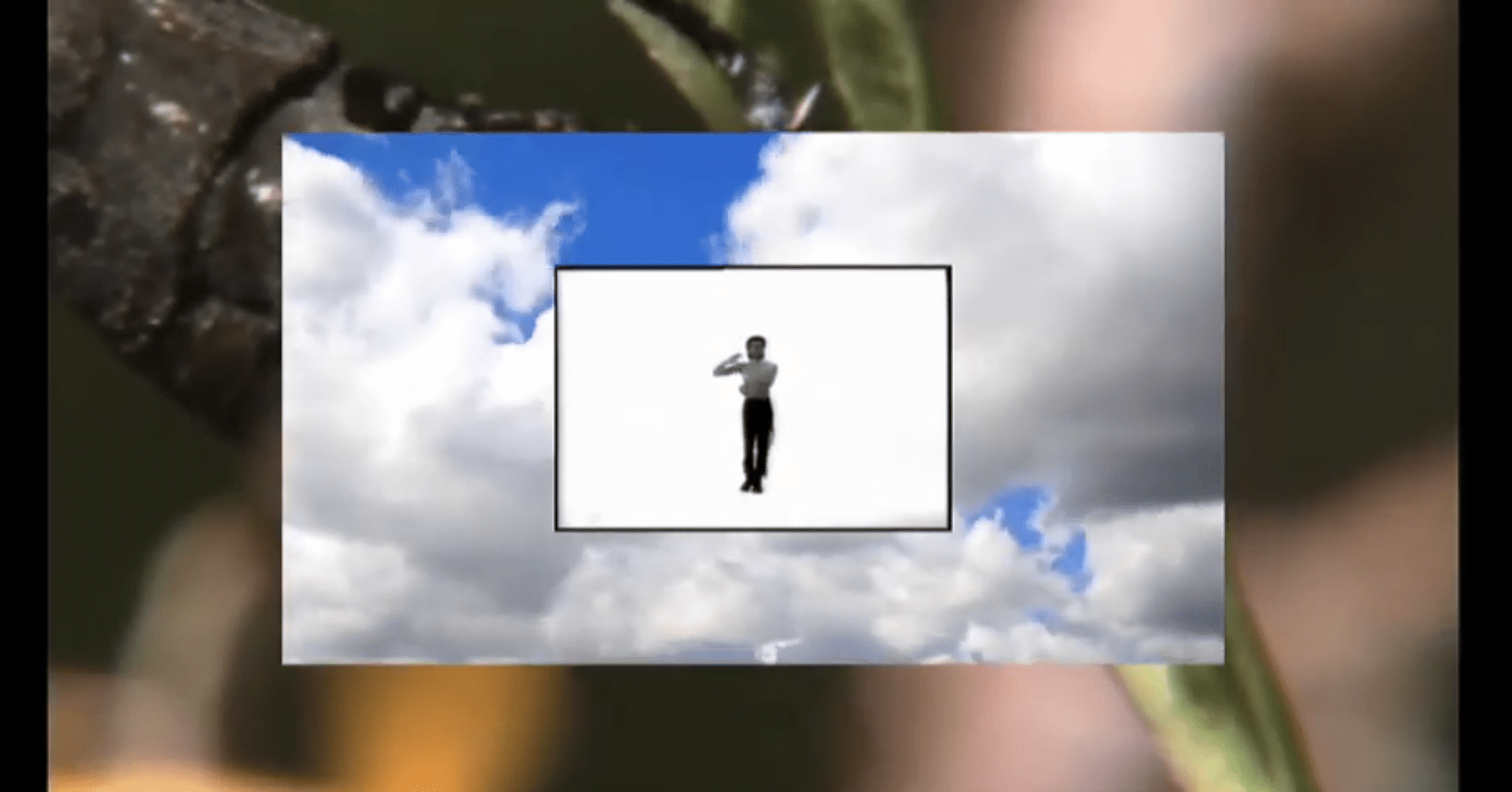Celebrating the Talent and Strength of the Ballroom Community
Ballroom has always happened because someone needed to create a space. When William Dorsey Swann, a formerly enslaved person, organized a series of balls back in the 1880s, there were no places like it for queer people, and hardly any places for Black people. Swann was the one creating the space for these communities. Fast forward to the late 1960s and early 70s in New York City, and we see this again with Crystal LaBeija, founder of the House of LaBeija. LaBeija created balls for drag queens of color directly in response to the racism within white-led balls.
Throughout all these years, if we had waited on somebody else to create a space for us, we would have never had a place to go. Today, the ballroom culture and community we created is getting more public attention, but it still deserves deeper understanding and more opportunities to cultivate itself.
With ballroom becoming more widely known thanks to shows like “Pose” and “Legendary,” it’s common for people to drop into a ball and observe it so they can write a book, or create a show, or throw their own ball. But when all they do is observe, when all they see about ballroom is people being happy at the ball, walking our categories and cheering each other on, they miss the core—which is that ballroom produces smart, talented people with the strength of Isis.
Most outside observers miss our arguments with our mothers, our testing positive for HIV, getting kicked out of our homes, our struggles with jobs and personal finances—and most importantly, the fact that we are channeling this hurt into expressions of art, dance, and huge accomplishments. There are doctors in ballrooms, who got the passion for being a doctor because they were tired of seeing their friends die of preventable diseases. There are fashion designers like Marquise Foster, who fell in love with design as a teenager before finding ballroom to be a space for testing, challenging, and exploring his creativity. I want all these smart people who are part of ballroom to be seen more, supported more, and heard more. And I want all of us in ballroom to be a bigger part of making this change.
Through my work at The Center, I’m able to highlight the talents of people in ballroom. I can provide connections to different spaces and brighter lights, and make it easier for people to access services they need. In summer 2021, The Center created an art exhibition called “Visions of Pride: Paris is Still Burning,” that was a platform for the incredible work of ballroom photographers Anja Matthes, Damien Armstrong, and William Isaac Lockhart, as well as videos by multidisciplinary artists Joshua (Dro Tisci) Henry and LaTefy Dolley. A few months later, we hosted a World AIDS Day ball at Le Bain on The Standard High Line, which was the first time that this legendary venue had ever hosted a ball. We’re also planning a wig and clothing drive at The Center with the Brooklyn G.H.O.S.T Project for Trans Day of Visibility 2022, where we’ll specifically be creating a gender-affirming space for our Trans and gender-nonconforming community. And with The Center providing free HIV testing, mental health counseling, economic advancement programs, substance use treatment, and more, we’re also able to use these events as a way to remind people how they can get support navigating some of the challenges that are all too common in our community.
I am determined to keep doing this work so that ballroom can flourish in places and in lights that are not as dim. If you’ve felt like Cinderella all your life, the ball is where you can go to escape, and become anything you want to be. This strong culture, and all the amazing people who are part of it, deserve more opportunities to shine and thrive.


